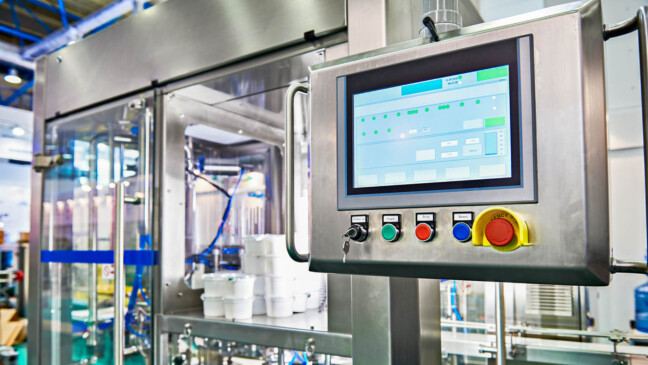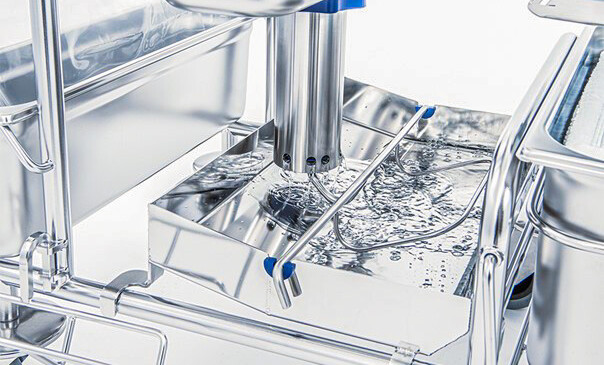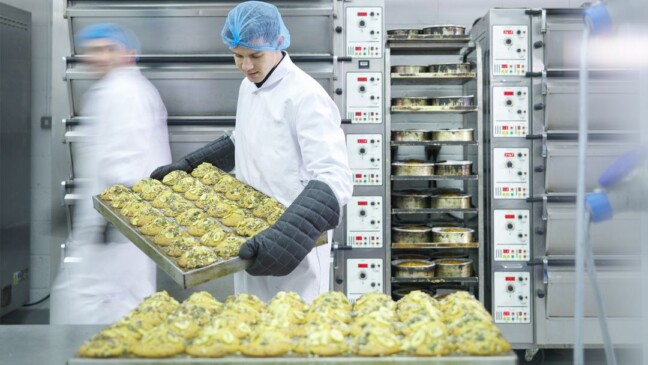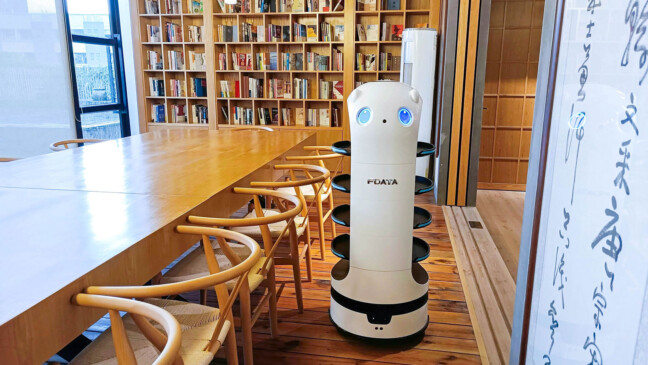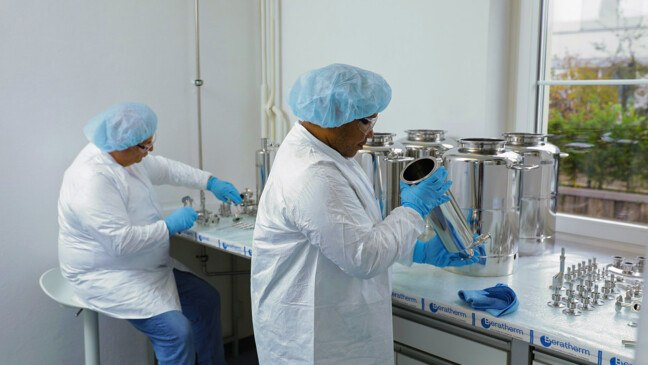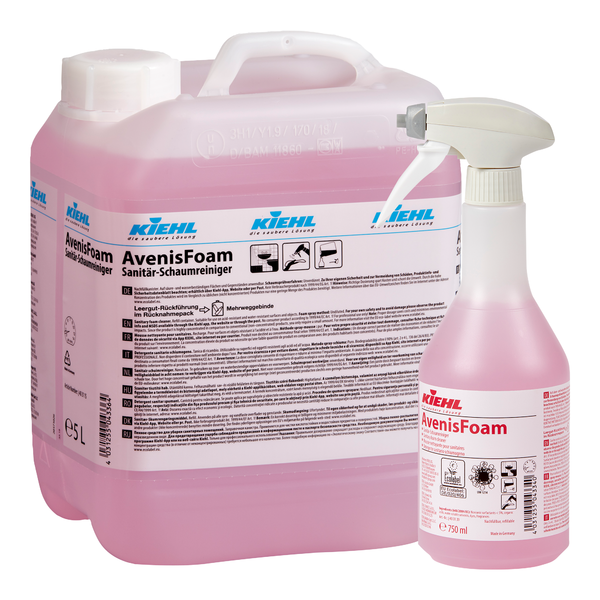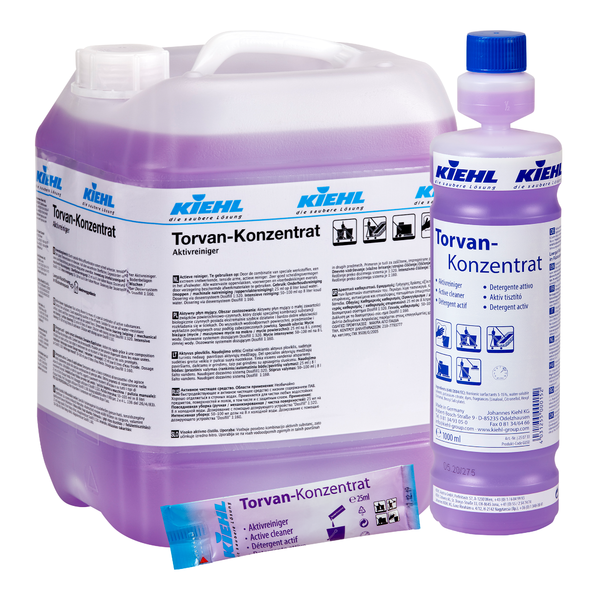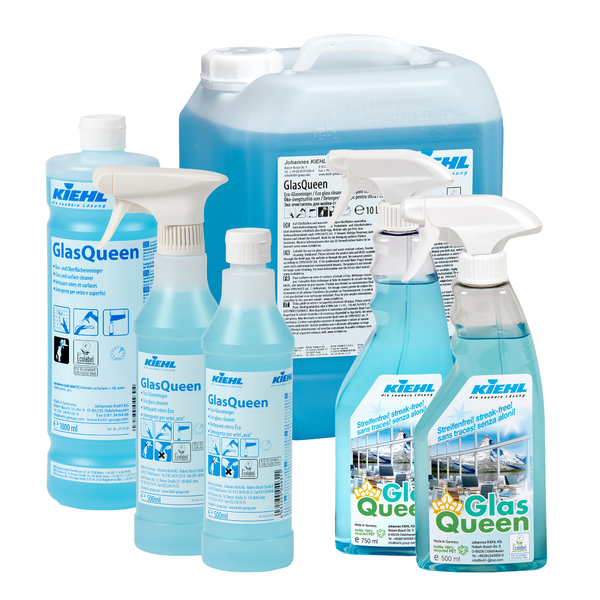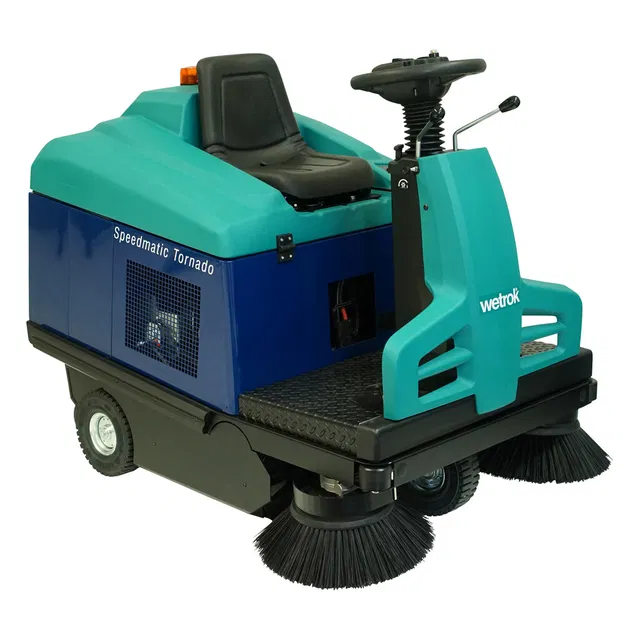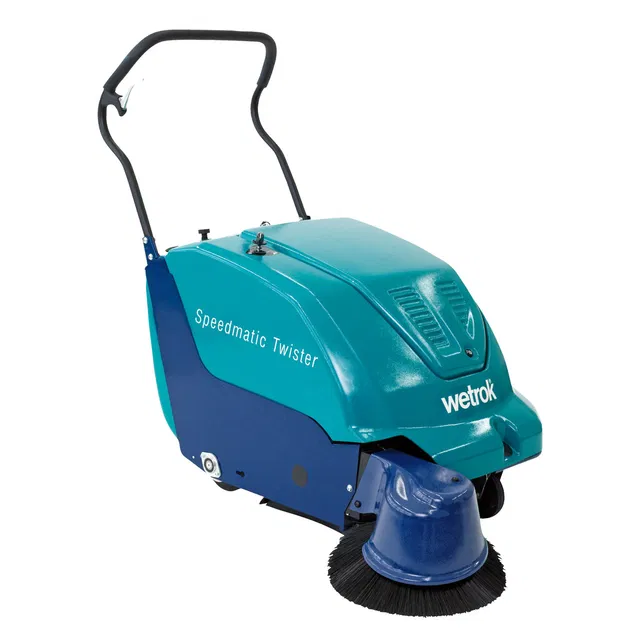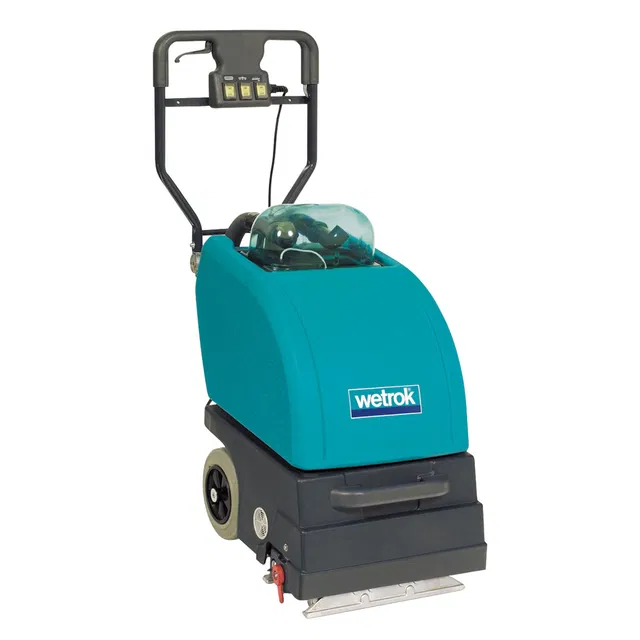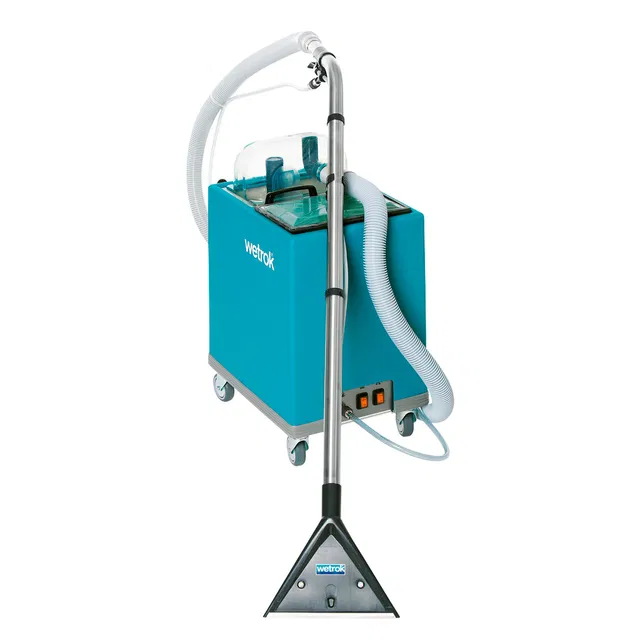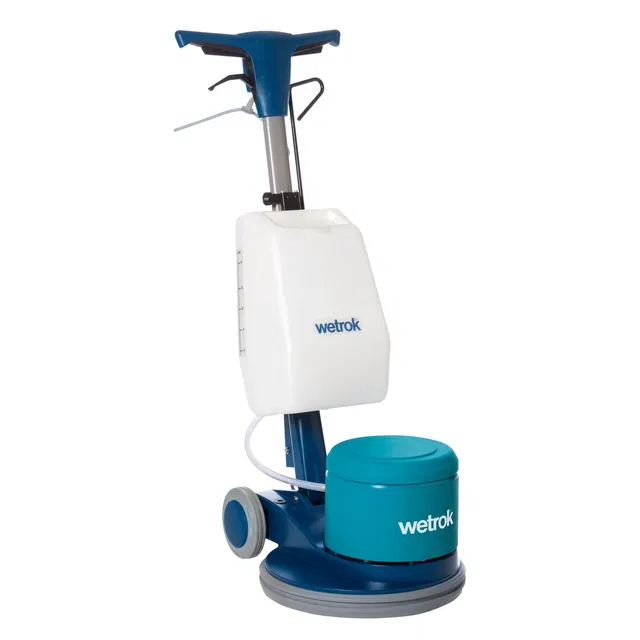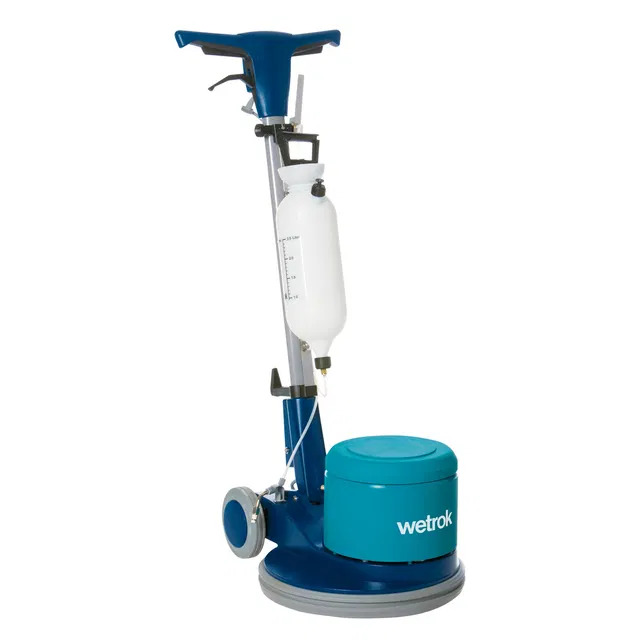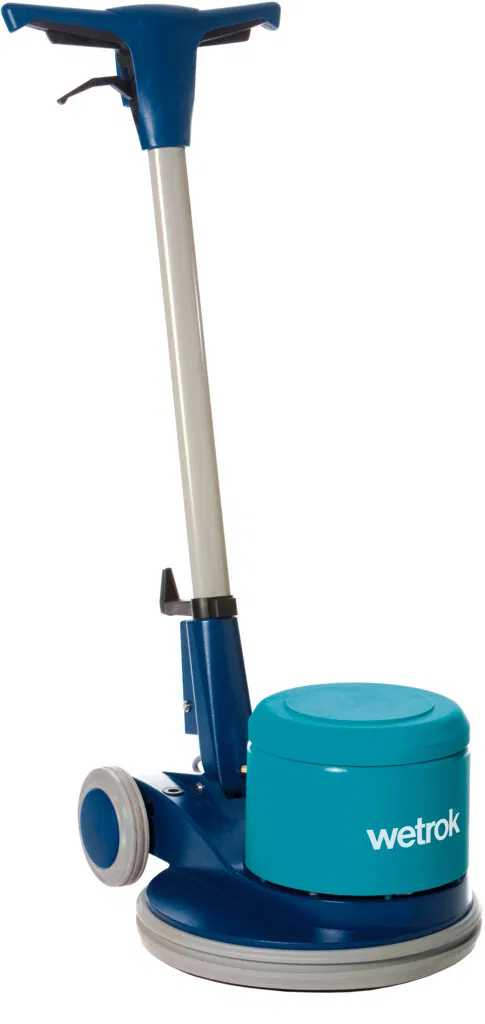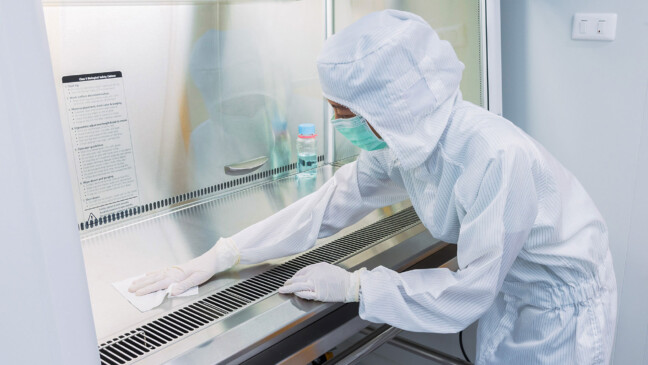
22.07.25
GMP-compliant cleaning in the cleanroom: requirements and implementation
The manufacture of pharmaceuticals, bioproducts and medical devices requires the highest level of cleanliness and control. In this context, cleaning in the cleanroom is not just a hygienic measure, but one of the main pillars of product quality - in fact, it is the first decisive step in ensuring product quality.
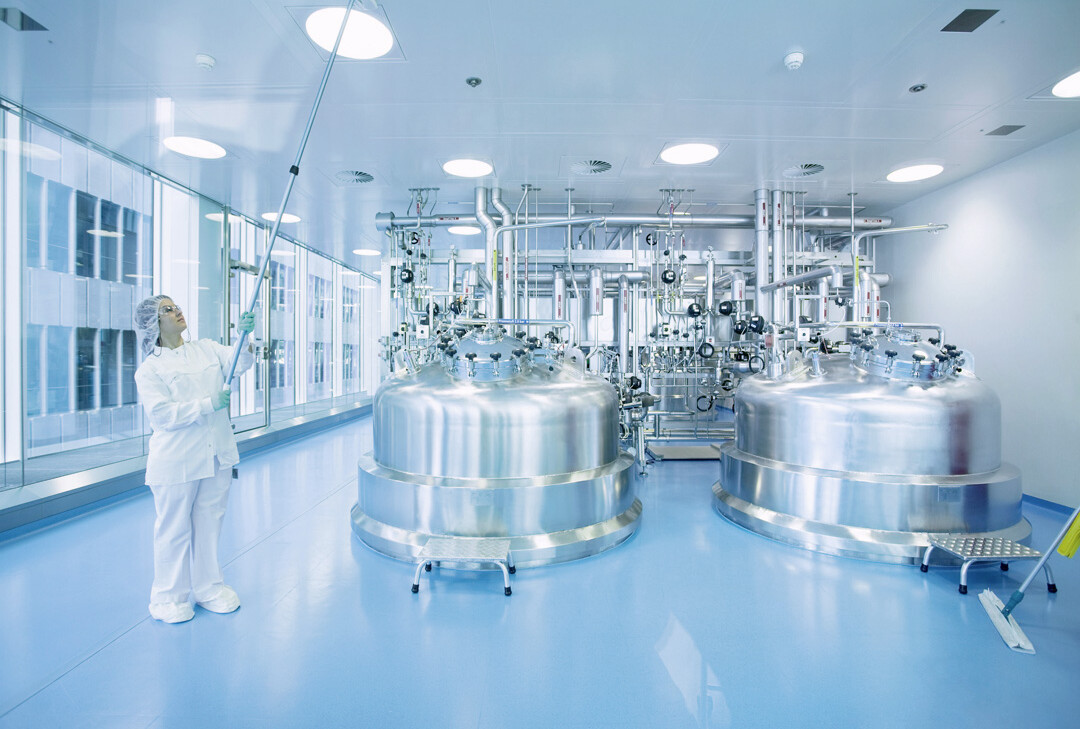
Especially in GMP-regulated (Good Manufacturing Practice) environments, cleaning is treated as an independent process with a scientific basis and strict documentation. In this article, we highlight the key requirements and practical implementation of GMP-compliant cleaning in the cleanroom.
Cleaning is not just hygiene, but quality control
Cleaning in the cleanroom aims to avoid microbiological, particulate and chemical contamination that could jeopardise product quality and patient safety. This applies in particular to sterile or aseptically manufactured products.
International guidelines on which most national GMP regulations are based include
- EudraLex Vol. 4, Annex 1 – EU Guideline for Sterile Manufacturing of Medicinal Products
- PIC/S PE009 – GMP-Guide des Pharmaceutical Inspection Co-operation Scheme
- ISO 14644-1/2 – Classification and monitoring of cleanrooms
- Others such as WHO GMP, FDA 21 CFR Part 211 etc.
Cleanroom classes and cleaning requirements
Cleanrooms are categorised into air classes based on particle concentration (A, B, C, D). The higher the classification, the more frequently and more rigorously they must be cleaned and disinfected.
| Cleanroom class | Typical area of application | Cleaning frequency |
| Class A | Filling, open sterile products | Before and after each use, per shift |
| Class B | Class A environment | Daily cleaning and regular disinfection |
| Class C | Preparation of solutions etc. | Daily cleaning and regular disinfection |
| Class D | Rough preparation, packaging | Regular cleaning (daily to weekly) |
A detailed cleaning and disinfection plan with a rotation strategy is required to guarantee effectiveness and prevent the build-up of resistance.
Basic principles of GMP-compliant cleaning
1. standard operating procedures (SOPs)
All cleaning must be carried out in accordance with documented instructions containing details of cleaning agents, concentrations, contact times, sequence and auxiliary materials used.
2. authorised cleaning agents and disinfectants
Only tested products with proven microbial efficacy may be used. A rotation strategy with different active ingredients prevents the development of resistance.
3. cleaning equipment
- Use of lint-free cloths (e.g. microfibre, disposable products)
- Colour coding and separation of utensils according to cleanroom zones to prevent cross-contamination
- Cleaning utensils in the cleanroom must be disinfected and cleaned before and after use – if necessary, they must be replaced.
4. residue testing
Rinsing and testing steps are required to avoid chemical residues on surfaces that come into contact with the product.
5. documentation and traceability
All cleaning steps carried out must be documented in a traceable manner: Who cleaned when, where and with what agent? Electronic documentation offers additional security and efficiency.
Common mistakes and practical solutions
| Problem | Cause | Solution |
| Incorrect concentration | Missing measuring system | Use prefabricated mixtures or dosing systems |
| Cross-contamination | Shared use of cleaning equipment | Zone-related colour coding & training |
| Missing records | Time pressure, manual processes | Introduction of electronic checklists |
| Residues on surfaces | Insufficient rinsing | Supplement SOPs with additional rinsing steps & visual inspection |
Training and audits are part of the cleaning process
The effectiveness of cleaning depends largely on the skills and diligence of employees. GMP guidelines require regular training, practical exercises and competency tests for cleaning staff. The cleaning documentation, the condition of the equipment and the training status are also checked during internal audits.
Cleaning is the cornerstone of quality assurance
In GMP-regulated manufacturing, cleaning is not a sideshow, but a scientifically sound, risk-based process. It not only protects the products, but ultimately patient safety – and therefore deserves the same attention as any other critical manufacturing stage.
Anyone who sees cleaning as a “compulsory programme” underestimates its influence. However, those who see it as an investment in trust and safety are laying the foundations for sustainable quality.
